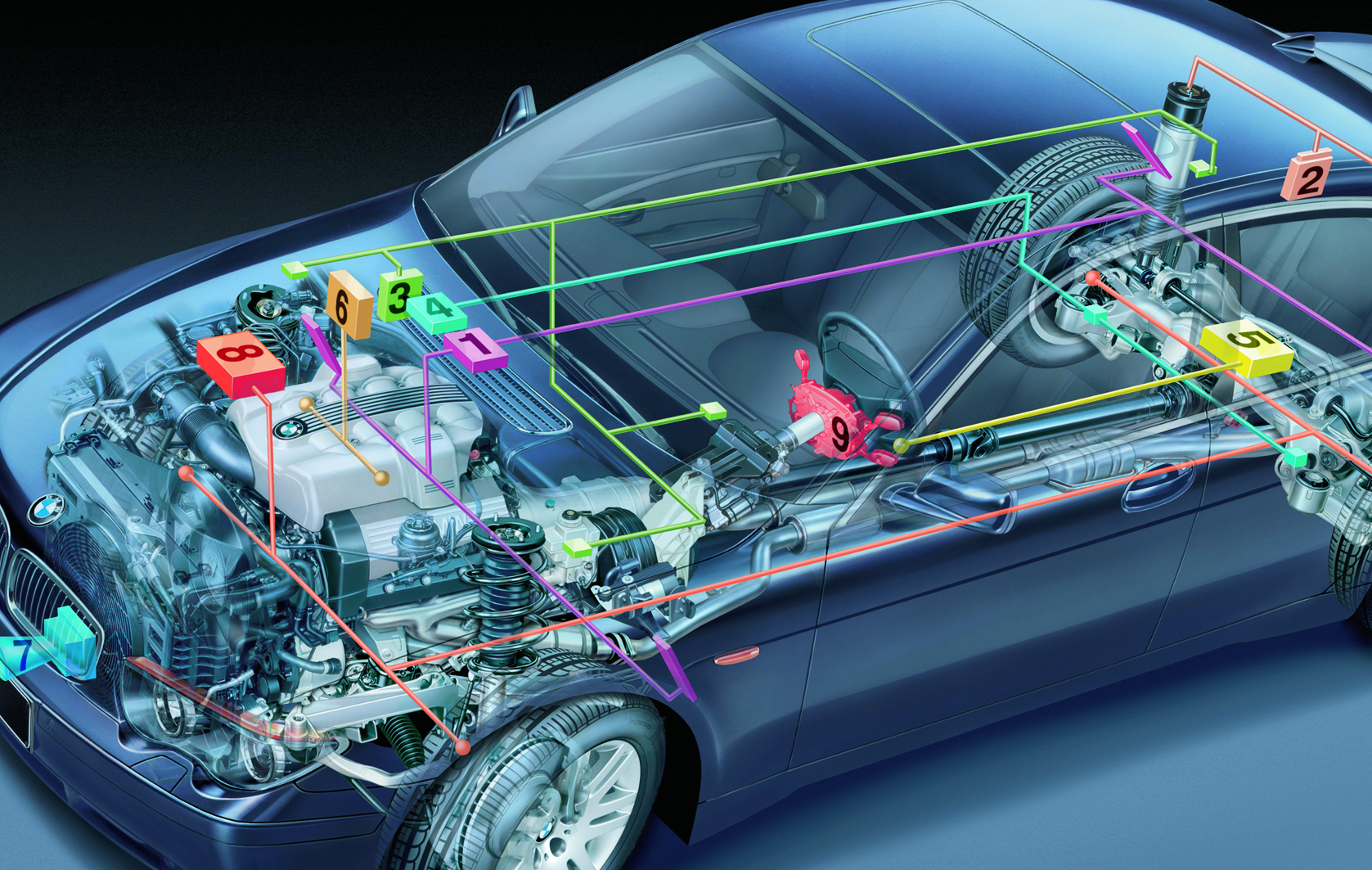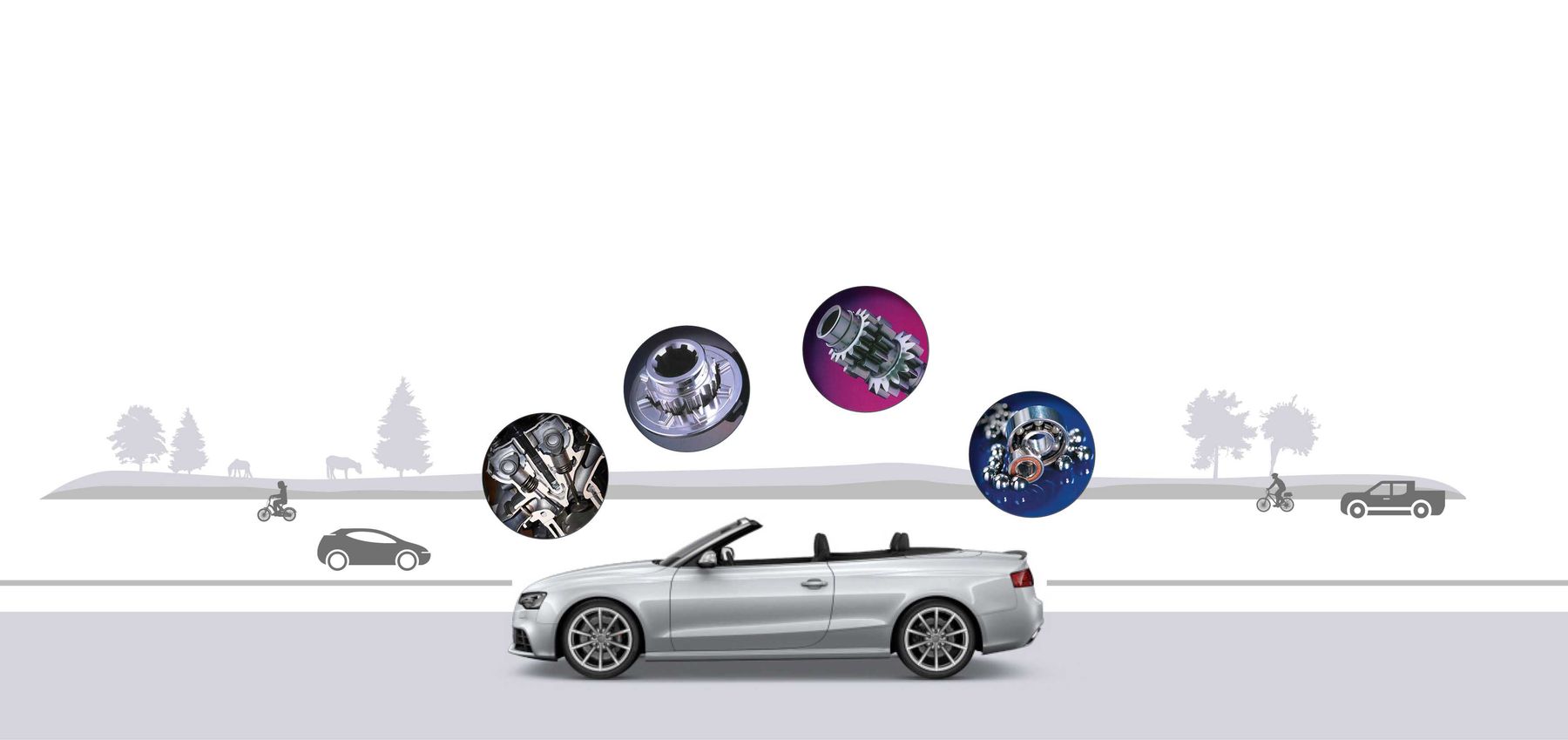
LED bulbs work at a very low voltage, consuming very little energy; with the advantage of emitting very little heat—higher luminosity with much less electricity consumption
The ignition is instantaneous and therefore does not cause extra consumption of electricity as occurs with low consumption light bulbs. The LED bulbs, being of low voltage, minimize the risks of electrocution.
Resistance
Why are LED bulbs resistant? Inputs lack filaments, which is the most delicate component of a traditional light bulb. From a simple break to drops or rises in voltage, being the main reason why traditional light bulbs stop working.
LED bulbs with a significant difference withstand a greater number of ignitions compared to traditional, halogen or low consumption. They are made of materials such as aluminum, ceramic or PVC, which allow proper heat dissipation.
LEDs have a much longer useful life. If you compare today, the price of a LED bulb (หลอด ไฟ led, which is the term in Thai) and a traditional bulb, it would certainly be absurd to buy a traditional bulb. The differences are significant, and the advantages speak for themselves.
Another critical advantage that LED bulbs or LED strips offer you is the variety of possibilities they have, thanks to the color temperature, intensity, speed and opening angles. These characteristics allow you to create the most suitable environments for each decoration or situation.
Efficiency
Energy efficiency consists of reducing energy consumption without reducing the quality of current services. Protecting the environment today is becoming a priority task. We must know how to use and manage energy resources effectively, and one of the options is LED Technology.
Ecological
LED lamps save a lot of energy. They do not emit ultraviolet or infrared emissions and therefore do not produce light pollution. Both its components, being 99% recyclable and the fact that they do not have mercury, resulting in them being the best option for environmental protection.




